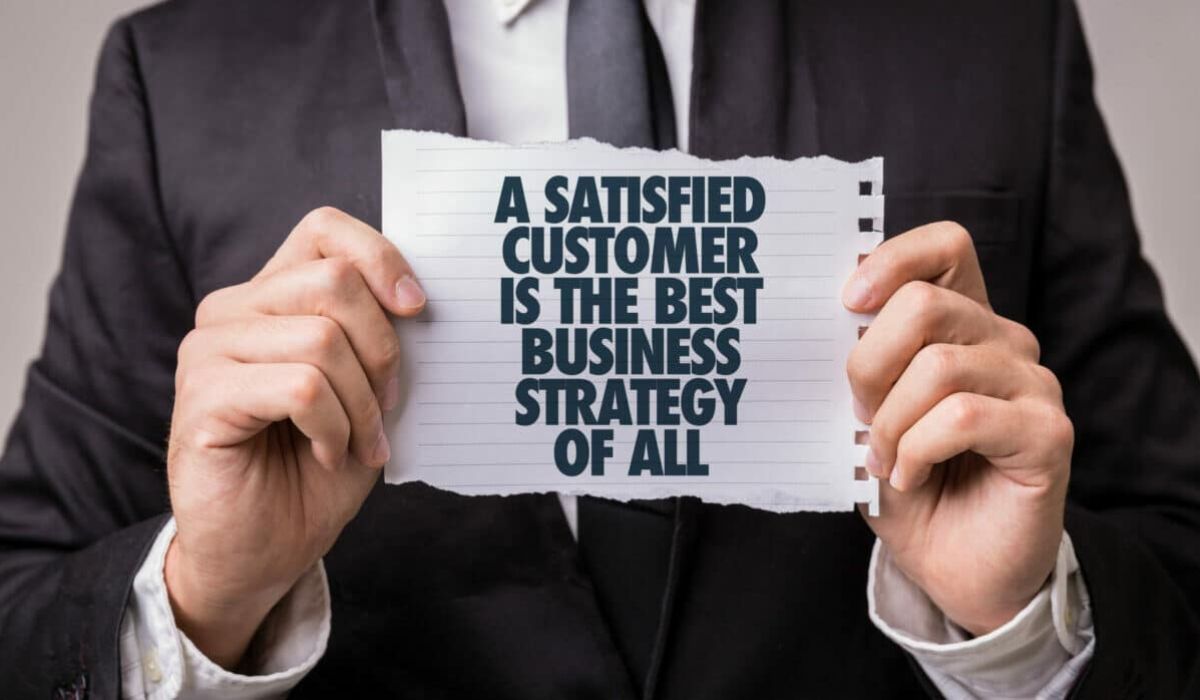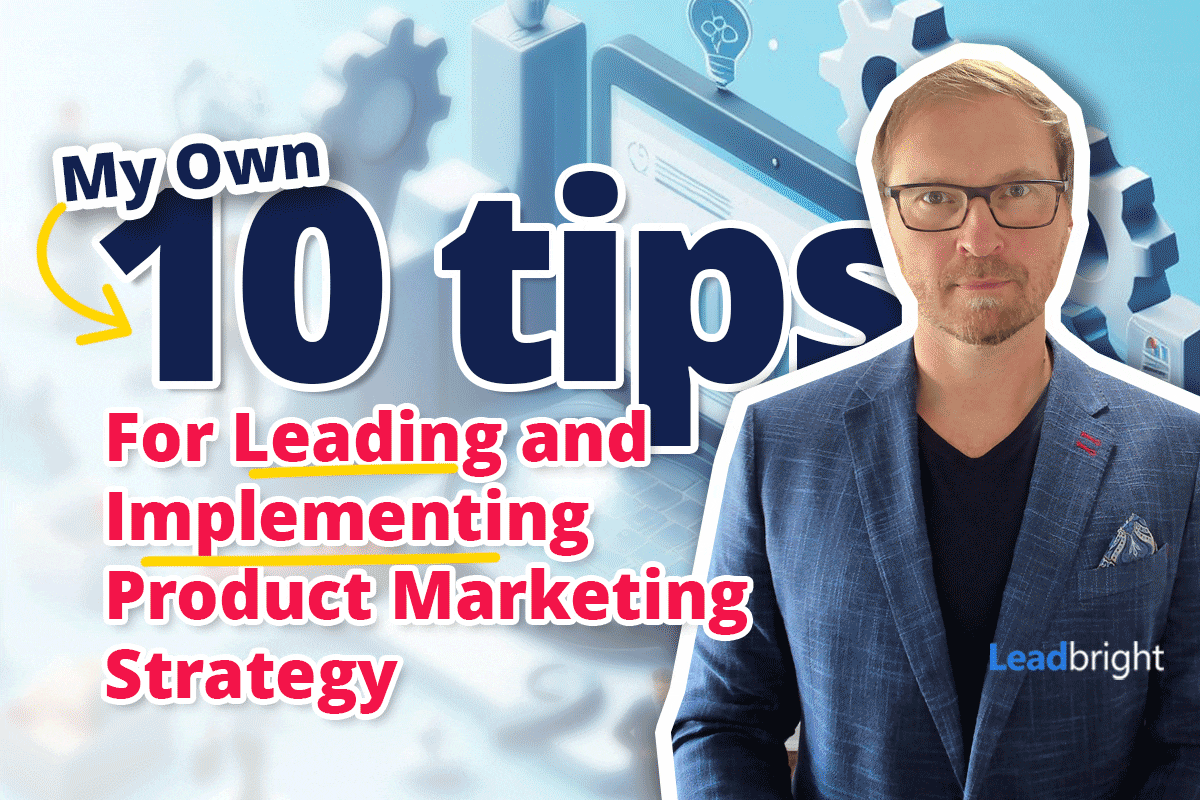What Is Customer Experience and Why Is It Important?

It’s important to remember that these are not the only things that contribute to customer experience. Customer service and product quality interact with each other in ways we cannot always predict.
For example, if your customers are experiencing poor service, they will expect more from you. This means an improvement in one area may lead to greater expectations in another. In this article, we will cover everything you need to know about CX.
So whenever you’re ready to dive deep into an integral aspect of business, keep reading.
Customer Experience: What Is It?
In essence, customer experience is the way customers perceive their interactions with a company.
A customer has an experience when they use your product or service. It can be impacted by the quality of that product or service. It can also be impacted by how well you serve them during their interaction with you as the provider (e.g., customer service).
For example, if your products are low-quality, it will impact your customers’ perception of both:
- the goods they’re receiving
- how they feel about interacting with you.
In essence, two areas where you could improve may have one positive outcome for each other. But improving only one area won’t necessarily lead to better experiences in another.
For instance, we can provide a great customer experience. But if our products are not good quality, that’s a problem. However, people may buy them anyway because the customer service is so great.
If we provide good products but then have poor customer service, that’s trouble. People will probably stay away from our store and buy higher-quality goods elsewhere.
It’s important to remember that customers want a “good” experience no matter what. So even if they’re not getting their desired product from you, they will be looking for a satisfactory response.
This is in regards to why it’s not working out with you. An unsatisfactory reason may lead someone to seek other employment opportunities.
Why Does Customer Experience Matter?
Customer experience has always had a foundation in business, now more so than ever. Without customer experience, a business is left to its own devices. Customer experience ensures a business is active in a customer’s life cycle.
A satisfied customer is a loyal and repeat customer, which saves you time from constantly finding new customers. Customer experience can also give your company an edge over the competition, enabling you to present yourself as trustworthy.
For businesses to survive, they must have great relationships with customers. Customer experience is the builder of that relationship or the destroyer of it.
Customer experiences are not restricted to the sales cycle. The customer experience begins even before you first communicate with your customer. For instance, customer experience can relate to the matter in which a customer is targeted with advertisements.
At any point in your business with a client, the customer experience is the backbone for your relationship. Without this backbone, you risk failing to maintain your customer’s interest in you. Consequently, losing them as a client.
Let’s look at some of the most important aspects of effective customer experience.
Communication
This involves getting your message across to the customer and building trust. You must communicate with customers in a way they understand while being respectful of their time.
This will ensure understanding between both parties. Communication can be done in a variety of ways.
Email is primarily used for routine communications. However, it should not replace face-to-face or phone calls. Emails are best suited for announcements and reminders.
Phone calls as a form of communication require attention—specifically when receiving information from the customer necessary to meet their expectations.
Customers appreciate the opportunity to have direct contact with business owners, especially if they listen and address their concerns without getting defensive about their service. It also allows you to see how they react during difficult conversations or when conflict arises and adjust accordingly. FaceTime is great for this.
Treatments & Offers
You need to offer your customers one-on-one service that is tailored to meet their individual needs. Treatments offer your customers a range of services and products. Offers like coupons, discounts, and loyalty programs create incentives for them to purchase goods or services from you.
Offer your customers benefits of value, such as concierge service, free shipping, and easy returns.
Customer Service
To gain a competitive edge in customer service, what you choose might come at a cost. For instance, compliance-related hotlines can cost you more in staffing, and a 24/7 emergency line will also cut into your budget.
But customer service doesn’t have to cost more. It can simply mean making what you already have better.
Digital interactions provide an opportunity to build stronger relationships. Not to mention, there are opportunities for more engaging experiences through social media, mobile apps, etc.
In any case, these are only some of the important aspects of customer service optimization.
How to Optimize the Customer Experience In Your Business
To optimize your customer experience strategy, you must first determine the customer experience you want to offer.
You can then set goals and objectives to achieve that desired outcome. These will be your “desired CX.” You may also wish to note where your business ranks on key drivers for consumer satisfaction, such as convenience, timing, price, and quality.
Your rankings are simply a benchmark against which you should measure progress made over time toward maximizing the value consumers receive from their interactions with your company or brand.
A good way to start would be by identifying what is most important to customers when it comes down to them. Usually, this boils down to two things:
- solving problems
- making people feel special about themselves
This is done either through the service you provide (such as free shipping). But it’s also done through thoughtful gestures (such as a “thank you” note) and the experience you provide (such as a unique product).
Ideally, your customer should feel satisfied with their interaction, whether buying something in-store, online, by phone, etc.
In some cases, this might mean there is nothing else you can do to satisfy them. It’s at these points that it becomes important for you to use data analytics.
This is to monitor how customers are experiencing key moments of engagement on-site. However, it’s also used to improve communication through automation or live chat services like LiveChat.
The final step? Measurement! The simplest way to measure customer satisfaction would be looking at Net Promoter Score, which measures how likely those who have interacted with your product are to recommend it to others.
The key is that your customer experience strategy goes beyond just the quality of your product. It should also include how you interact with customers as well.
Retain Contact
One of the most important things in a great customer experience is continued communication with the customer. This applies before, during, and after the sales cycle. To retain contact with the client, you must be able to contact them at any time.
When engaging across digital, you must be prompt in your responses. This is part of a good customer experience strategy. It also builds a positive brand image for yourself.
Monitor, Track, Analyze
Next, you need to learn how to monitor, track, and analyze all data pertinent to the customer. To do this, you should have a system in place that allows you to track your customer’s behavior and the interactions of all employees. This will help you understand what is working best for customers and how they feel about interacting with your brand.
Monitoring and analyzing this data over time can help reveal customer experience trends. These could provide insight into future business decisions (e.g., product development or strengthening marketing campaigns).
The monitoring, tracking, and analysis of this information should be done continuously. This way, new insights are never missed out on.
However, it is important to note that too much focus on these processes can actually be counterproductive because it may cause an employee to neglect other essential aspects of their work, such as acquiring more leads or understanding those who have already made purchases.
Additional reading: Measuring Customer Experience: Key Metrics and Tools
Tailor Specifically
Finally, you want to learn to develop a sales funnel that is tailored specifically to the customer. Each customer requires a different approach.
To tailor the experience to the client, you should start by defining their needs and then meeting them through various stages—from developing a product to helping with customer service.
To improve its success, you need to pay attention to how customers are experiencing the process of working with you on an individual level.
The way they feel about each interaction can greatly impact what happens next in the relationship. Therefore, monitor customer feedback at all times so that you can address any problems or concerns right away.
Fortunately, there are many ways that you can now collect this information, including surveys and social media listening tools like Hootsuite.
There is no set formula because every business has different facets to achieving positive customer experiences. What matters is that you are constantly looking for ways to improve the customer experience in every possible way.
Educate, Upgrade, Guide
Another important thing a business should do is become a thought leader in its sector. They should push content that helps the customer learn about why their product matters and guide and educate them on how to use it.
All of these things seem daunting. However, they’re not impossible, and, more importantly, they’re worth the effort because they will help improve customer happiness, which leads to increased sales.
Great customer experience management goes beyond the product. If you can tap into the customer’s life and help them in some unrelated way to your business, you’re acquiring a special place in their heart. This matters because it means that not only are you providing them with a product they might need, but also an experience they’ll remember.
For businesses, happier customers mean increased sales, leading to more money and success. And when the customer feels like their needs are being met at every possible opportunity, this feeling lasts long after the purchase—especially if there’s some emotional connection involved. It can make loyal lifelong customers out of those who may have been on the fence about trying your products or services before!
For customers, the best thing about a good customer journey is how much it improves happiness and general wellbeing for everyone involved over time. The customer feels good about themselves for having been treated well, and the business benefits from a satisfied person who might come back again in the future.
People are always looking to get their needs met as best they can. So please provide them with information, and meet those needs through your product or service.
Start Generating Leads Now
Now that you understand the power of great customer experience and how it helps generate leads, you are well on your way to optimizing your business. However, it can be difficult to do so all on your own.
This is why there are so many tools and software available to help you automate, simplify, and improve your business. The problem with that is there are so many tools to choose from.
If you’re interested in generating leads now, get in touch with us, and we will set you up with our life-changing product.


